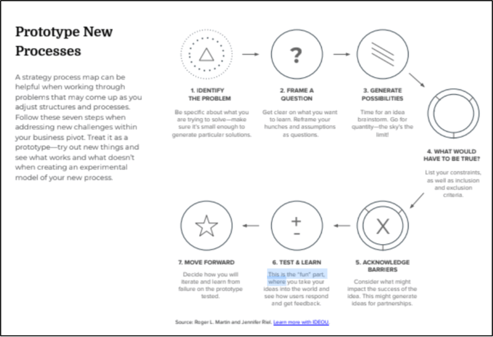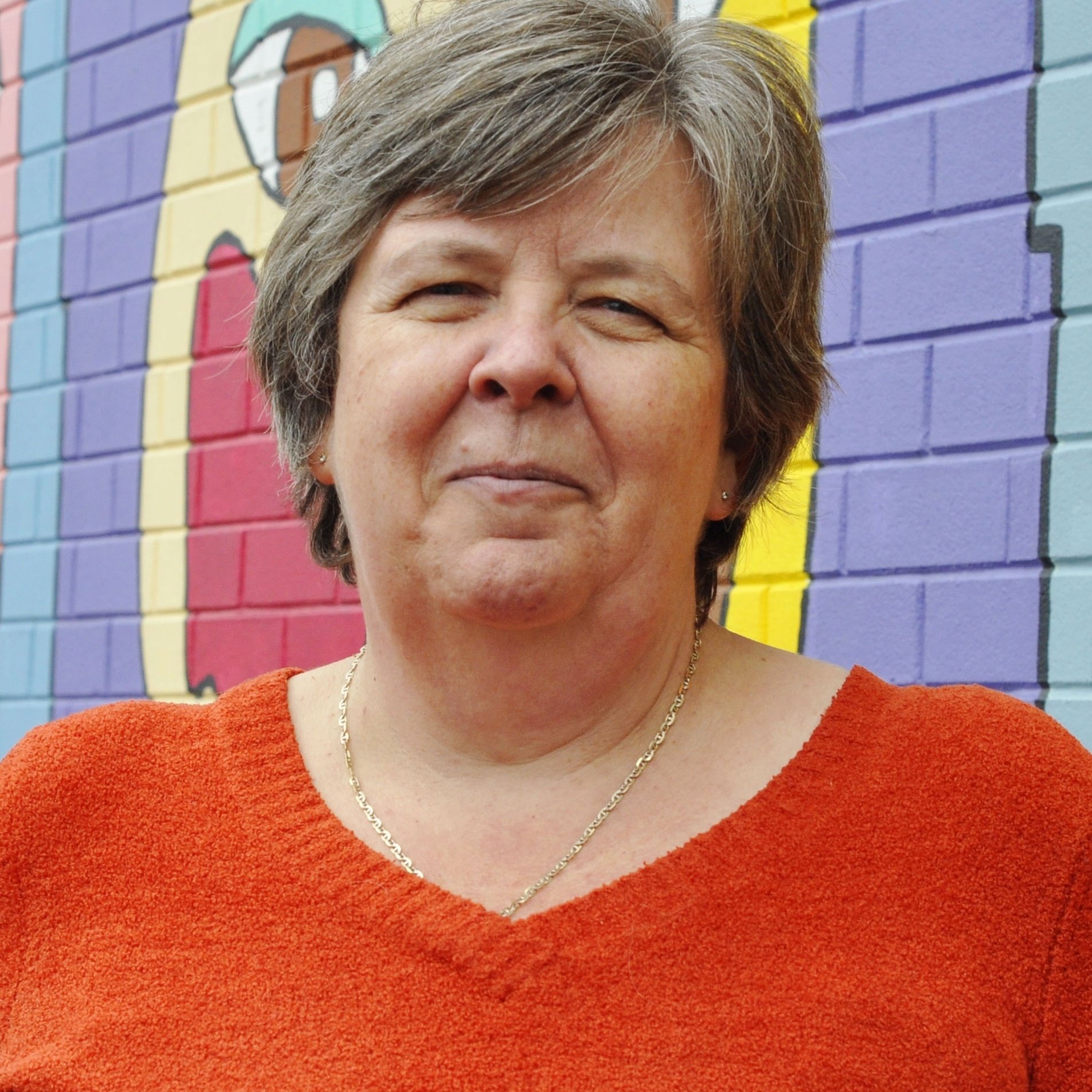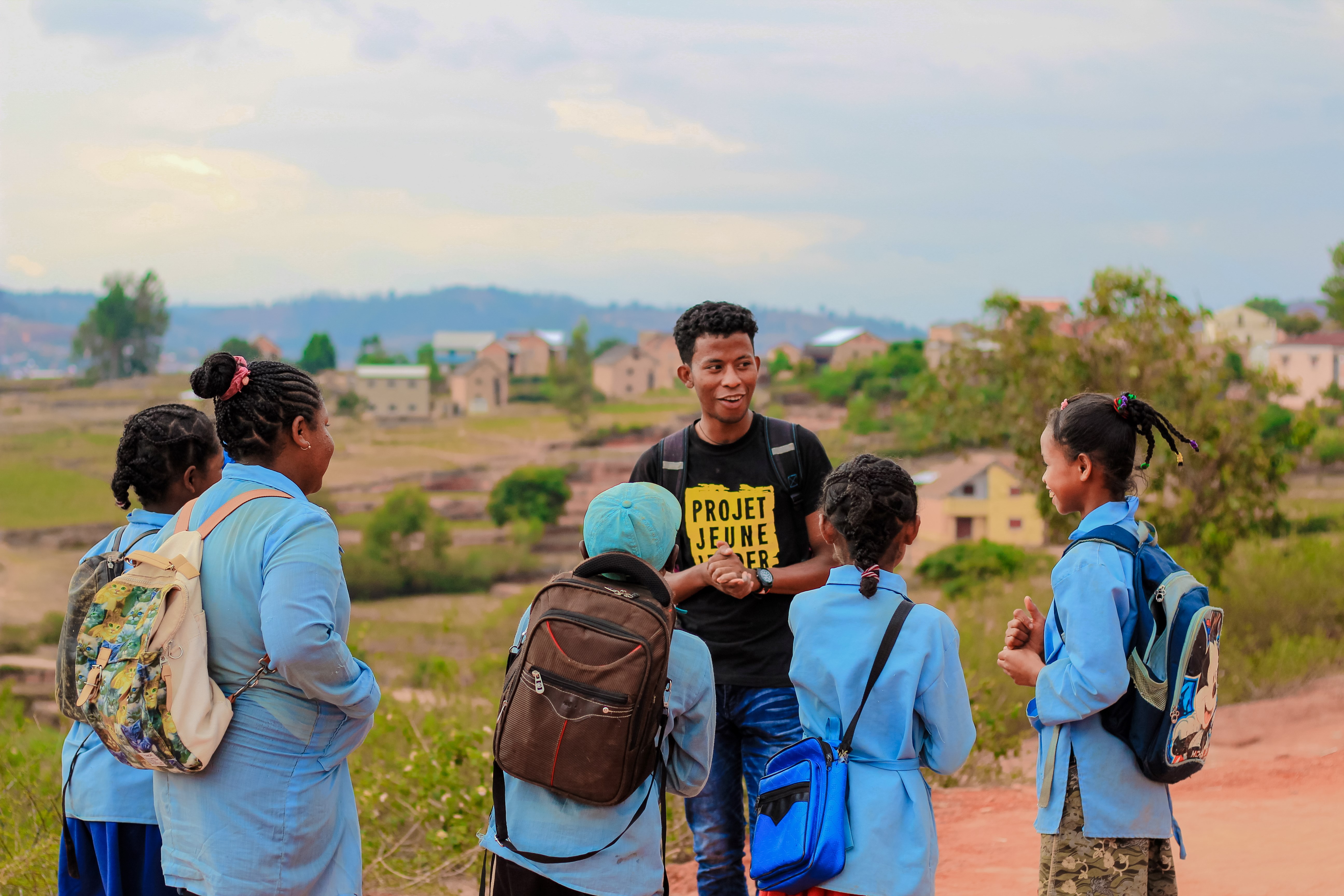Tamarack defines community innovation as “Change, for good, with and within a community. In other words, Community Innovation is a community-championed change with benefits that are meaningful to the community. What makes Community Innovation different from other forms of Social Innovation is the focus on community – placing community members as both the champions and as the arbiters of change.”
Communities are living labs, where change is occurring every minute. We know that even as we begin to intervene in a community change effort, the community itself begins to respond and shift. The pieces, people and resources shift, adapt and respond.
This idea of a living lab is both exciting and challenging because of the dynamic nature of communities and how they respond. In the Communities Building Youth Futures initiative, funding is available to partner communities to develop innovation projects that leverage the unique opportunities and challenges of the living lab community.
A great method for developing a community innovation project is by developing a prototype. IDEO is a design and consulting organization with a global footprint. In the COVID 19 Business Pivot Challenge, IDEO shared the following framework for developing a prototype.

There are seven core steps:
- Identify the problem
- Frame a Question
- Generate Possibilities
- Determine what would have to be true
- Acknowledge Barriers
- Test and Learn
- Move Forward
These simple steps can be applied when developing a community innovation initiative. It is important to follow the sequence of steps. The first five steps are critical because they help you determine what you want to do and the opportunities and barriers which might be in front of you. By spending time considering the first five steps, you will have a deeper understanding about the potential innovation and set the groundwork for success.
For example, you want to develop better strategies to engage youth. Your question could be: How might we engage and involve youth in our Communities Building Youth Futures initiative.
Generating possibilities is a great next step. The Board of Innovation Ideation Guide is useful for the step of generating possibilities. When you are generating ideas to answer your question, it is important to remember these 4 simple rules.
Rule #1: There are no bad ideas
Rule #2: Capture everything
Rule #3: Go for hybrid brainstorming
Rule #4: Quantity over quality (yes, really)
Steps 4 and 5 are refining steps in the prototyping process. For example, if we will be using social media to recruit youth, what would have to be true?
- The youth we are hoping to recruit have access to technology
- The youth can receive our message
- The youth are interested, and our message is relevant to them
- The youth know what the next steps are
You can see how steps four and five are important and really help refine your prototype.
Finally, innovation requires us to test and learn and then move forward from idea to action. The Communities Building Youth Futures – Community Innovation Fund is an opportunity for communities to prototype, experiment and learn about what works. By employing the seven steps of the prototyping process, your innovation efforts will scale more effectively and have more impact. It’s also easy and fun.
Learn More:
- IDEO – Covid 19 Business Pivot Challenge Report
- Social Innovation Academy – 8 Remarkable Social Innovation Prototyping Methods and Tools
- Board of Innovation – Ideation Guide
- Tamarack Institute & Mark Cabaj – Aids for Action – Evaluating Prototypes





